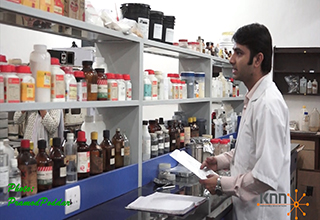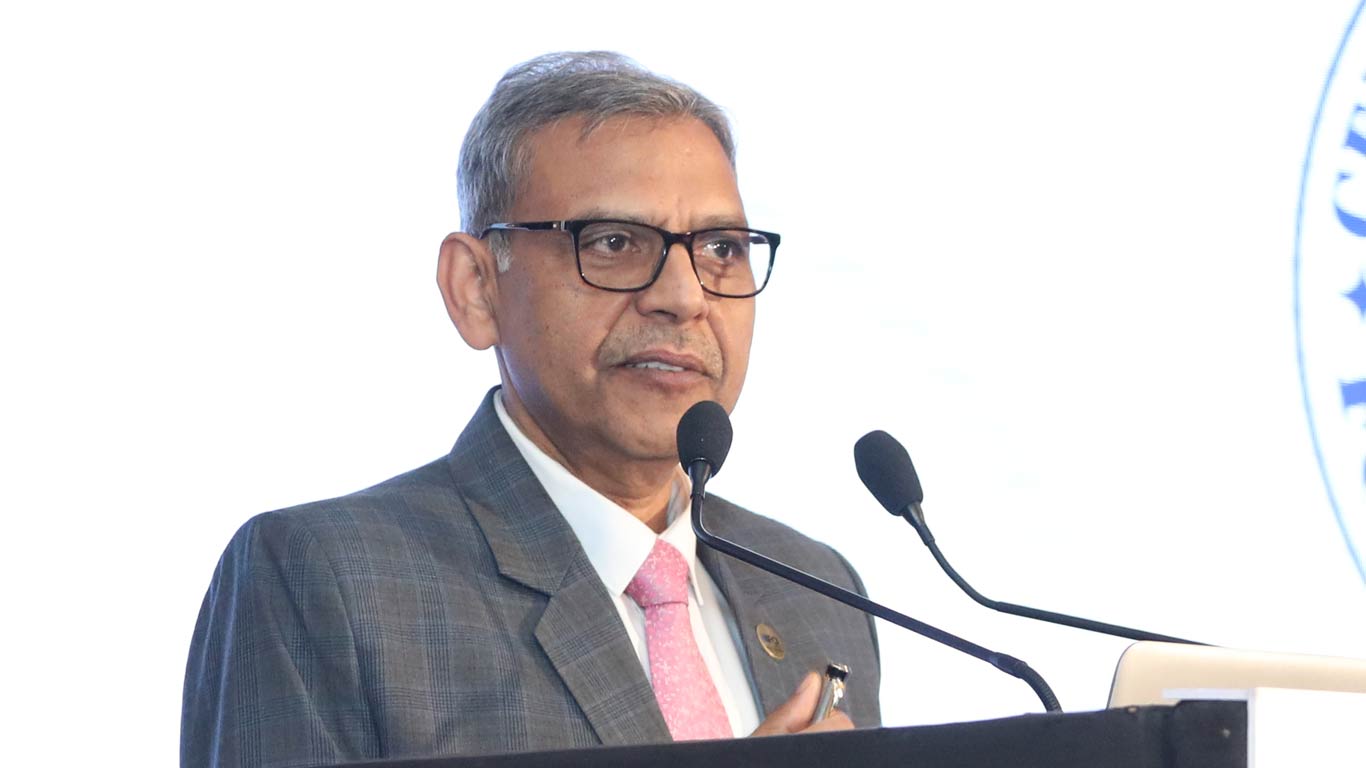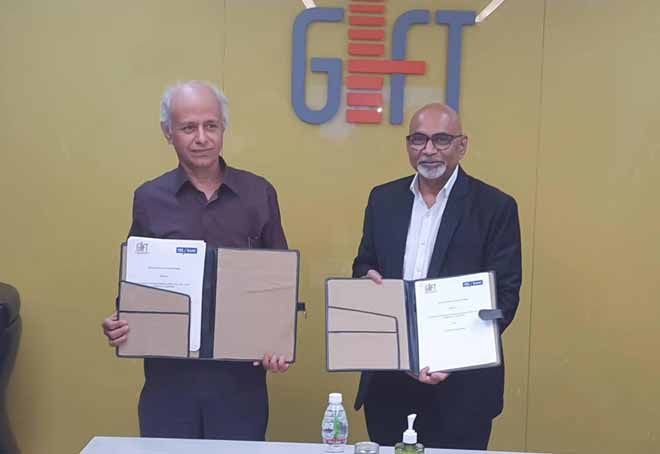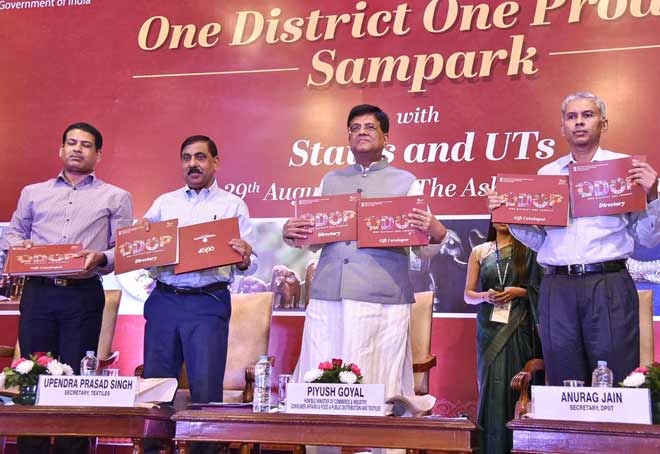500 stores for affordable medicine by March
Updated: Dec 21, 2013 03:00:13pm

Further 2500 stores will sell affordable medicine in the next three years, to extend the coverage of the government scheme of making quality medicines available to all at affordable price.
According to official data, the Government of India has been taking fresh measures to bolster the Jan Aushadhi Campaign, as a public welfare programme, to supply quality medicines at affordable prices to the common man through dedicated outlets. It is also a part of direct market intervention strategy by making generic medicines easily available and accessible in the market.
A key initiative under the campaign is opening of ‘Jan Aushadhi Stores', where quality generic medicines, which are equivalent to the expensive branded drugs, in terms of their potency and efficacy, are sold at cheaper prices.
Affordability, quality and easy availability of medicines are to be the hallmarks of the Jan Aushadhi Campaign which is aimed at providing adequate healthcare to the people.
To achieve these objectives the Department of Pharmaceuticals of the Ministry of Chemicals and Fertilizers in November 2008, opened the first Jan Aushadhi Store in Amritsar.
There is a definite price advantage of generic drugs over branded drugs under the Jan Aushadhi Campaign.
| Name of salt | Dosage | Pack | Price of branded drugs (Rs) | Price of generic drugs (Rs) | Difference |
| Ciprofloxacin | 250 mg | 10 | 54.79 | 12.89 | 4 times higher |
| Diclofenac | 100 mg | 10 | 60.40 | 04.20 | 14 times higher |
| Cetrizine | 10 mg | 10 | 18.10 | 02.75 | 6 times higher |
| Paracetamol | 500 mg | 10 | 09.40 | 03.03 | 3 times higher |
| Nimesulide | 100 mg | 10 | 39.67 | 3.16 | 12 times higher |
| Cough syrup | 110 ml bottle | 33.00 | 14.50 | 2.5 times higher |
The campaign aims at immediate returns as the unit cost of treatment per person would substantially decrease with increasing access to generic medicine by the poor people.
But what is needed is awareness among people about efficacy of these generic drugs, a confidence in them and the availability to these drugs whenever and where ever people need them.
Significantly, the varieties of drugs available at the stores are also being increased to include all therapeutic categories and the most stringent quality assurance standards are being applied, wherein each batch will be subjected to test at reliable laboratories.
A massive public awareness and publicity campaign to generate demand for generic drugs is also in the pipeline, whereby attitude of public towards generic drugs shall be changed and doctors and pharmacists shall be persuaded to prescribe and refer generic medicines only.
Further, a website (www.janaushadi.gov.in) and a toll-free helpline (1800 180 8080) have been set up to improve customer education, service and support. A pilot project for launching an online generic drugs purchase portal is also in the pipeline.
Several state governments too have shown interest in the campaign. For instance, the Himachal Pradesh government has taken the initiative to make it mandatory to all the doctors in the government sector to prescribe medicines by the generic drug name and not by any brand or company given names from December 1, 2013. Such steps can help the poor people of the country.
According to the World Health Organisation (WHO), a generic drug is a pharmaceutical product that is manufactured without a license from the innovator company and marketed after the expiry date of the patent or other exclusive rights. These Generic drugs are subject to the same regulations over manufacturing, packaging, testing and quality standards, as their patented/branded equivalent. They have the same form, strength, dosages, intended use, safety, and route of administration, performance characteristics and quality on every count.
Prices of the branded/patented drugs are generally quite high, due to the temporary monopoly over the product, bestowed by the patent. Once available in the market, without a patent right, they are normally then sold by various pharmacy companies under different brand or company given names. These are expected to be much cheaper due to the market competition as they are sold by various manufacturers. These are normally referred by its chemical or its ‘salt name’ by the chemists/pharmacists.
Healthcare costs are the second most frequent reason for rural indebtedness in the country. A major component of healthcare costs is medicines. According to Planning Commission estimates, the cost of medicines in India constitutes anything between 50 to 80 per cent of the total cost of treatment. Since 80 per cent of out-patient care and 60 per cent of in-hospital care occurs at private facilities in India, households are exposed to private sector market to buy medicines. A large population of the poor people find it difficult to afford such expensive brand named category of medicines as some of them are sold by drug manufacturers at significantly higher prices than their generic equivalents.
Although generic medicines are better priced in India, when compared to prices in most other countries, a large population of the poor people find it difficult to afford such expensive medicines sold using different brand or private manufacturer given names.
This is due to the fact that some of the drug manufacturers sell these medicines with their own brand names at significantly higher prices than their generic equivalents, which are as good in therapeutic value as the branded ones. Due to this imbalance in market and its larger implications on the living standards of the people of the country, the need for a market intervention to ensure access to cheaper generic equivalents of branded drugs, has been felt.
Today the Indian pharmaceutical industry is third largest in the world, based on volume. Furthermore, the Government has been actively promoting generic medicines under the Jan Aushadhi Campaign. As these drugs are proposed to be procured from private manufacturers as well, the campaign can provide a stimulus to the pharmaceutical industry as a whole, by providing a wider market base and consumer awareness.
Also, the Jan Aushadhi campaign, if successful in achieving its policy intent, may emerge as a model which can be replicated in other countries of the world, in pursuit of their common goal of achieving affordable quality health care. (KNN)











